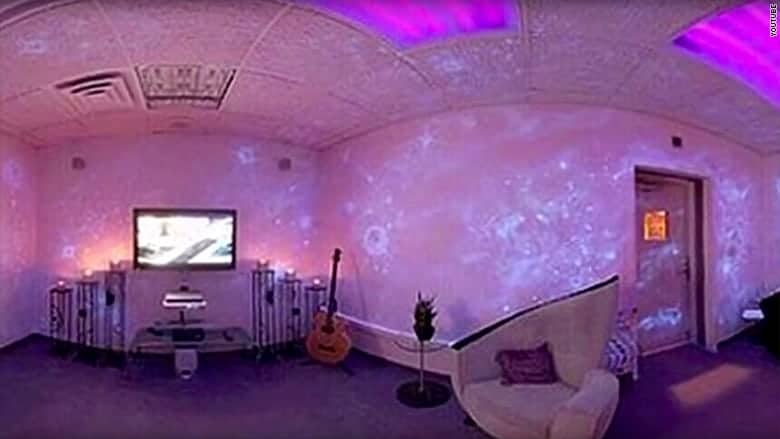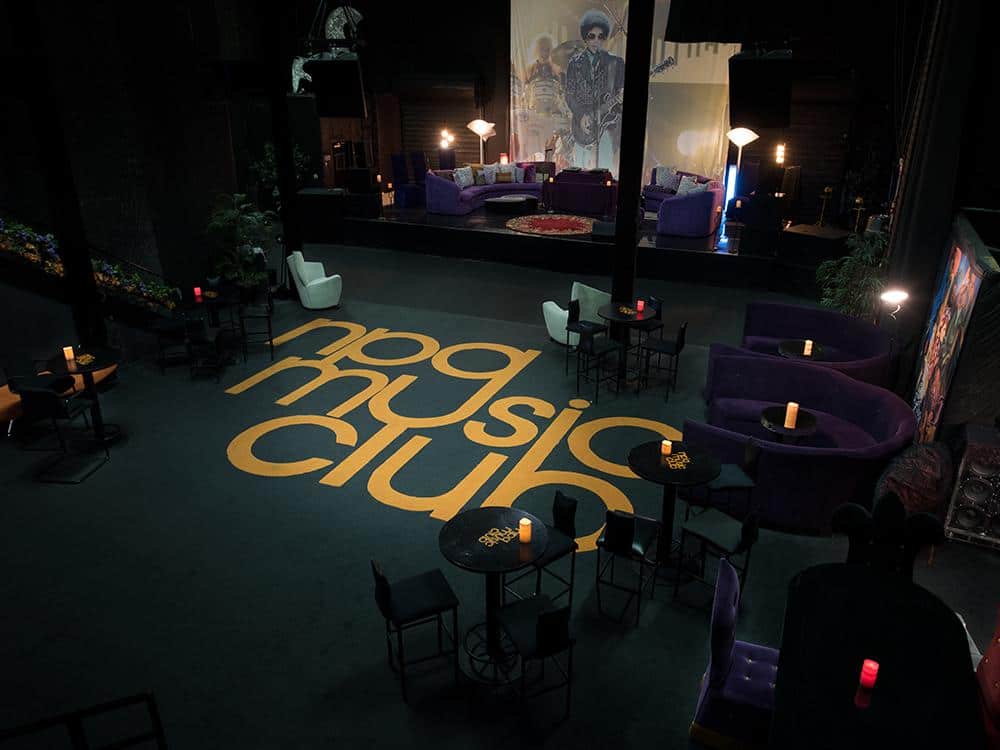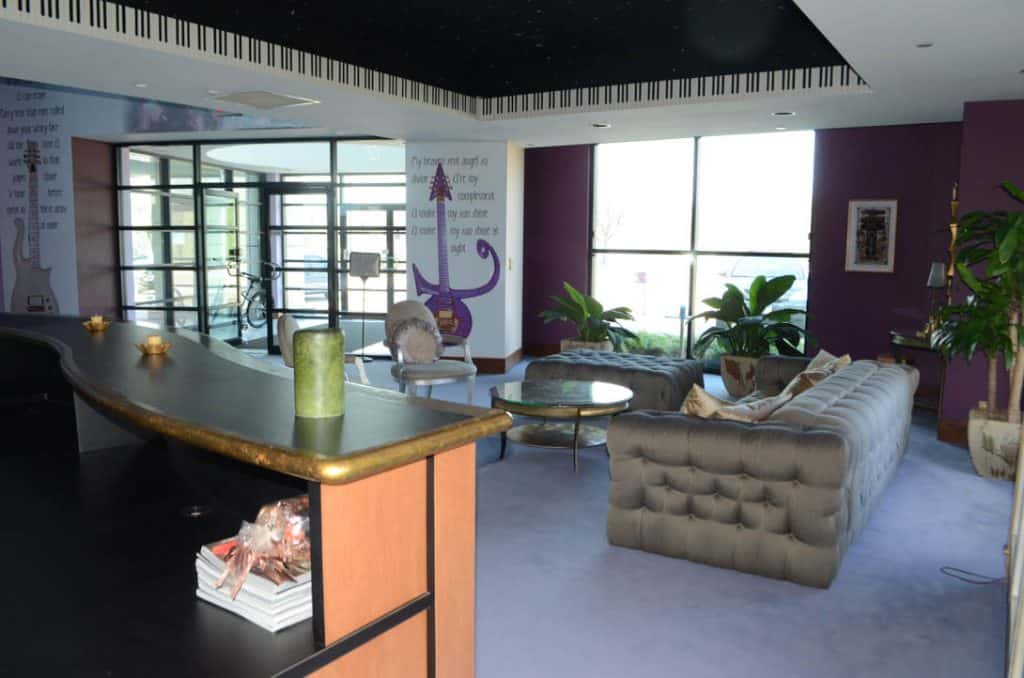Prince reigned as one of music’s most iconic and mysterious figures for decades. Known for his occasionally bizarre antics, utterly unique musical style, and wild, flamboyant personal style, it should come as no surprise that his home was equally impressive. His unique Minnesota abode, Paisley Place, was similarly legendary, with few seeing the interior and none sharing any juicy details. After the singer’s untimely death, Paisley Park finally became open to the public, revealing the singer’s hybrid home and recording studio’s unusual beauty. Read on for 30 glimpses inside Prince’s luxurious Paisley Park.








































